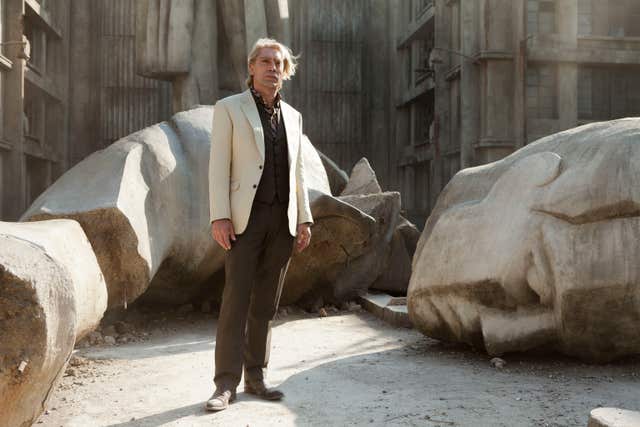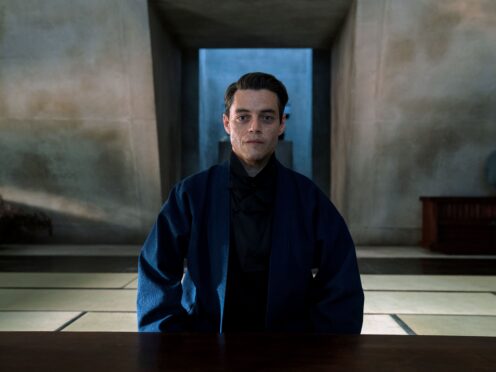A charity has called on the producers of the James Bond films to feature a positive character with scarring or disfigurement.
Changing Faces, a UK charity campaigning to end discrimination against people with visible differences, has written to Barbara Broccoli and Michael G Wilson, who jointly control Bond production company Eon, asking for a meeting.
No Time To Die, which premieres at the Royal Albert Hall on Tuesday, features Rami Malek as the mysterious assassin Safin, who hides his disfigured face under a mask.
The Bohemian Rhapsody star is not the first actor to play a Bond villain with a facial disfigurement, with Javier Bardem’s Raoul Silva in Skyfall featuring a collapsed cheek from a failed attempt to kill himself, and recurring nemesis Ernst Stavro Blofeld scarred across the side of his face and blinded in one eye from an explosion.
Catherine Deakin, deputy chief executive of Changing Faces, said: “Living life with a disfigurement can be tough, with people reporting a daily grind of staring, comments and even abuse, just because of how they look.
“When you have a visible difference, you’re unlikely to see yourself represented in popular culture. That’s why we’re calling on the creative industries, from film-makers to TV script writers, as well as brands, to join our Pledge To Be Seen movement.
“It’s important we all see more diverse and inclusive images and representations of people, including those who have visible differences, whether that be in a film, our favourite TV shows or in a fashion brand campaign.”

Research, carried out by Savanta ComRes for Changing Faces, suggested one in five (20%) people with a visible difference have seen a character who looks like them cast as the hero in a film or on TV.
Meanwhile, 15% have seen someone with a scar, mark or condition that makes them look different playing the love interest on screen.
However, nearly double (39%) have seen someone with a visible difference cast as the villain.
Three quarters (74%) of those questioned thought popular culture is changing to be more inclusive but people with visible differences are being left behind.
A quarter (24%) said lack of representation on screen had affected their mental health.
In 2018 the charity’s I Am Not Your Villain campaign won support from the British Film Institute, which committed to no longer funding films in which villains appear with facial scarring.

In response, Changing Faces ambassadors have created a short film featuring characters from famous films played by people with a visible difference.
Actor and presenter Adam Pearson, who stars in the film, said: “When the only character with a scar or disfigurement is shown on screen as the villain it’s perpetuating the use of an old-fashioned and outdated trope.
“We decided to show people that there’s absolutely no reason why someone with a visible difference can’t play the love interest or the hero.
“This isn’t about banning baddies from having scars or telling people not to enjoy a trip to the cinema, it’s about putting a line in the sand and saying now is the time to ensure other characters can be seen on screen with a visible difference too.”
Savanta ComRes interviewed 1,081 people with a mark, scar or condition that makes them look different online between July 15 and 26 2021.
